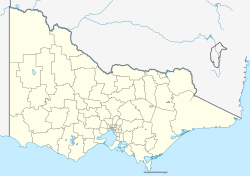 Museum building | |
| Established | 1952 |
|---|---|
| Location | RAAF Williams Point Cook |
| Coordinates | 37°55′50″S144°44′57″E / 37.930464°S 144.749073°E |
| Type | Military museum |
| Founder | Air Marshal Sir George Jones |
| Director | David Gardner |
| Website | https://www.airforce.gov.au/community/visit-and-learn/raaf-museum |
RAAF Museum is the official museum of the Royal Australian Air Force located at RAAF Williams Point Cook, Victoria, Australia. The museum displays aircraft of significance to the RAAF from its inception as the Australian Flying Corps to the present.


